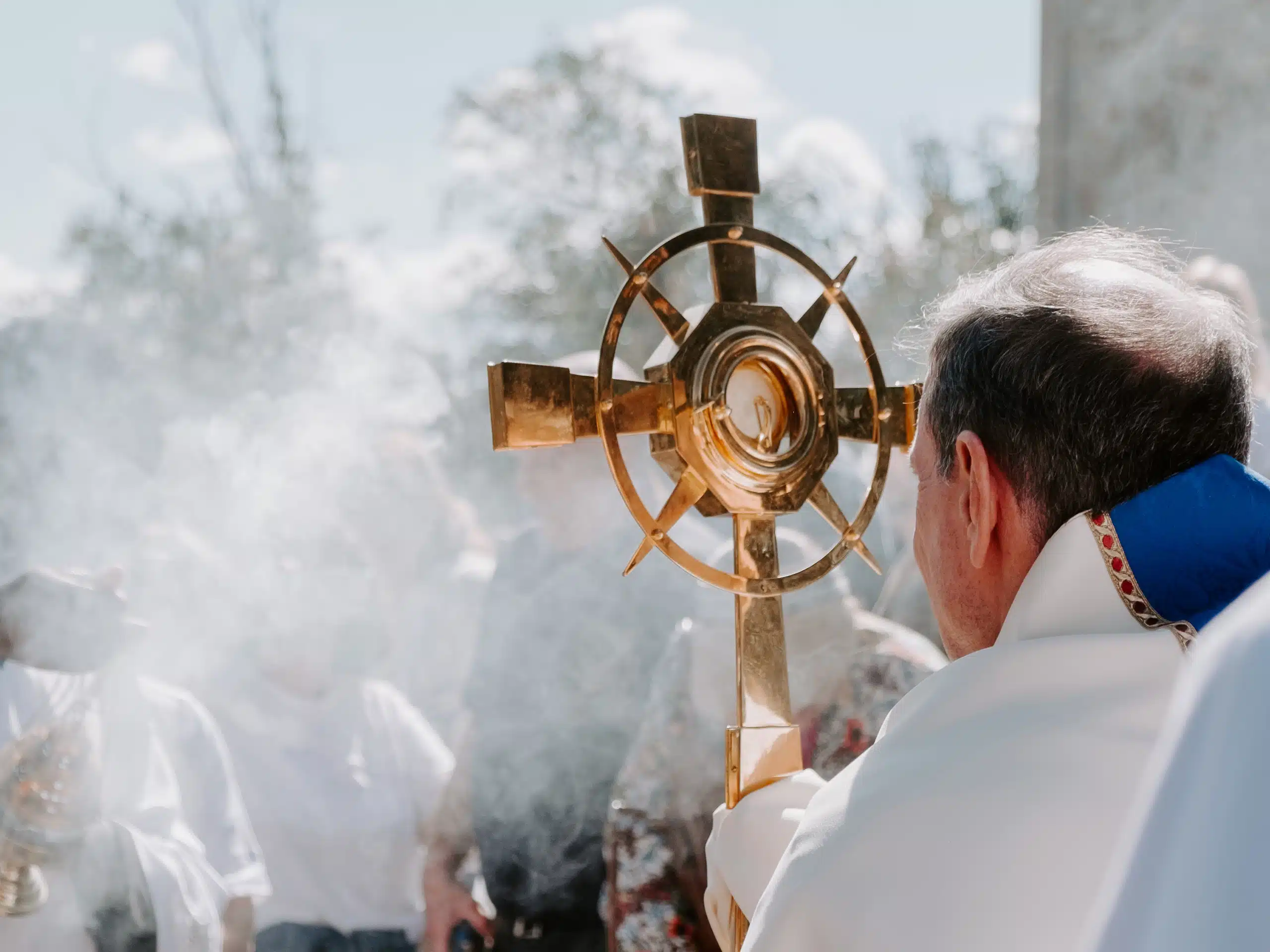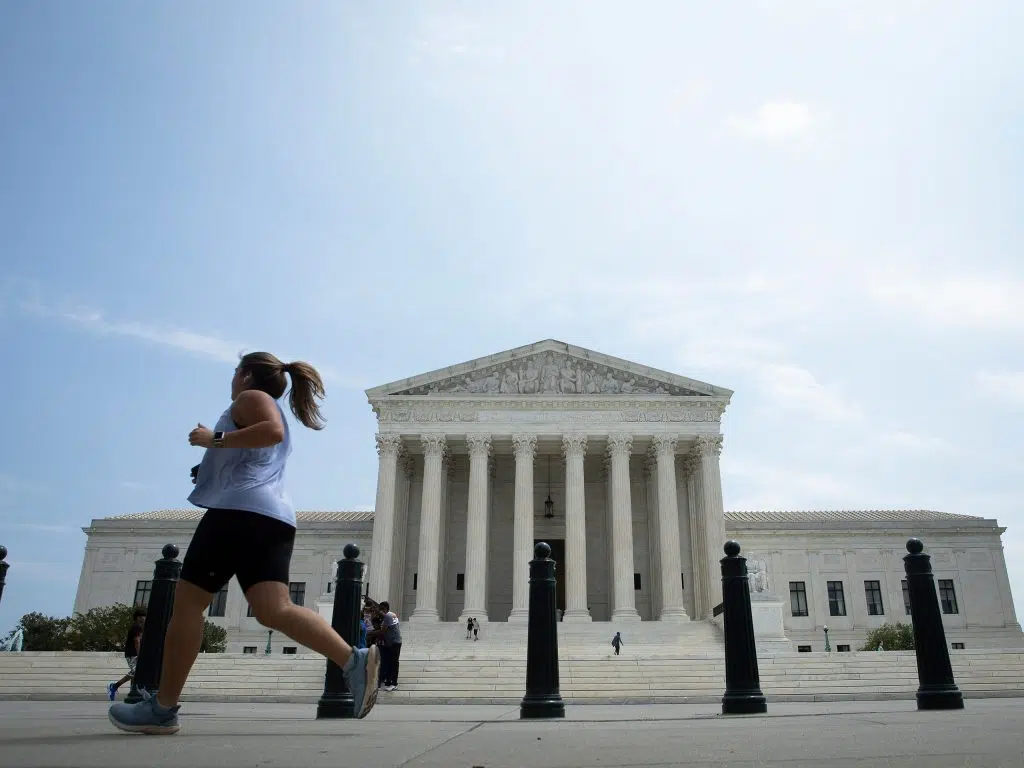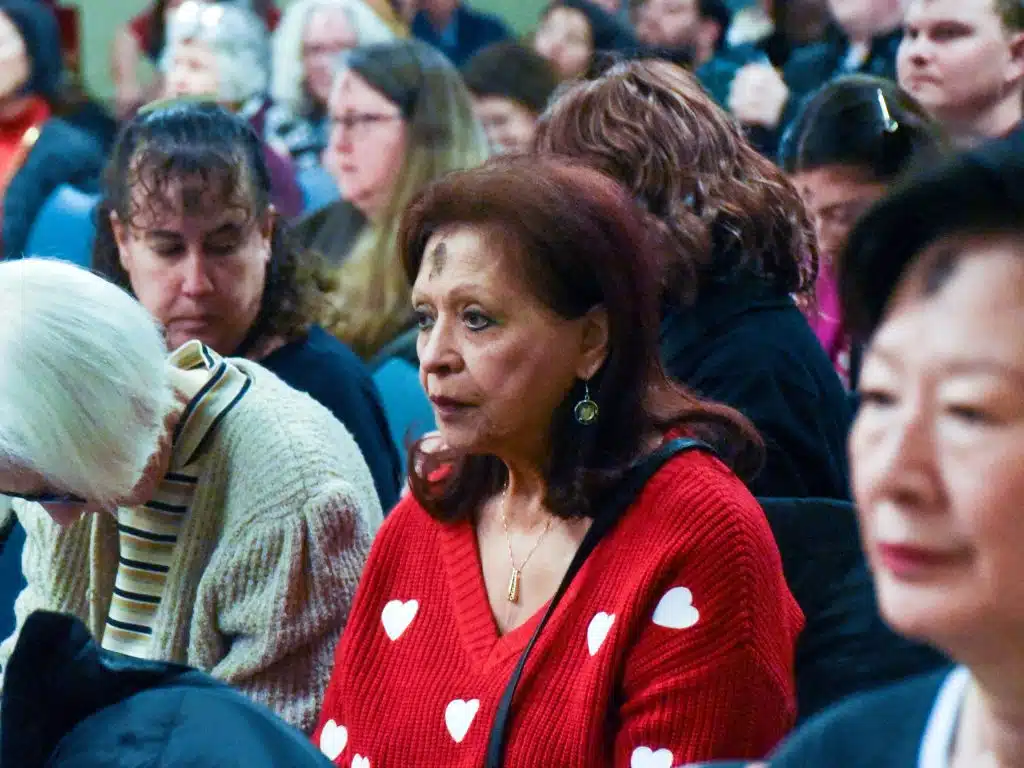A New York Times/CBS poll some years ago found that two out of three adult American Catholics didn’t believe that at Mass, the consecrated bread and wine truly became Jesus’ body and blood. Instead, they supposed these were merely “symbolic reminders” of Christ. The Times headlined its story “Future of Faith Worries Catholic Leaders.”
And so it did. There was much handwringing and crying of woe in response to this disturbing finding. But time passed, as it will do, handwringing and crying of woe ceased, as they will, and nothing was done about the problem.
A couple of years ago, another widely noted poll produced nearly the same result: According to the Pew Research Center, only 31% of Catholics believe in the real presence of Jesus in the Eucharist. Nothing had changed since the earlier poll — except that then, 26% of American Catholics attended Mass every Sunday, whereas now the figure was 17%. Weekly attendance is of course the norm set by the church.
Fresh handwringing ensued, but now with a difference. The American bishops launched an ambitious program called the Eucharistic Revival to face up to the problem and bolster faith in the real presence of Christ in the Blessed Sacrament — body and blood, soul and divinity, as an old formula has it.
Already, the revival can point to some success — 8,000 volunteer “parish point persons” have committed to promoting the program, and over 12,000 guides for steps to take have been distributed. The national program will culminate at a National Eucharistic Congress July 17-21 in Indianapolis. Its program will feature presentations and liturgical events meant to motivate and train attendees who — planners hope — will return home full of zeal and know-how to spread the message of Eucharistic faith in their parishes.
While the planners hope that as many as 80,000 people will be there for some or all of the program, the level of commitment is clearly more important than the numbers. The Eucharistic Congress will be followed by a “Year of Going Out on Mission” continuing to Pentecost 2025.
Headed by Bishop Andrew Cozzens of Crookston, Minn., the revival folks maintain a resolutely positive approach to messaging. Rather than directly refuting erroneous thinking, they focus on the beauties and joys of Eucharistic faith. The revival website says, “We all need healing, yet many of us are separated from the very source of our strength. Jesus Christ invites us to return to the source and summit of our faith — his real presence in the holy Eucharist.”
But even so, the problems are substantial, as pointed out by Mark Gray of the Center for Applied Research in the Apostolate. Summing up findings of CARA’s own survey of adult Catholics, Gray reports that 38% know what the church teaches and believe in the real presence, while 5% believe without recognizing this as church teaching. Another 48% don’t know what the church teaches and consider the bread and wine symbols only, while 9% do know the teaching but don’t believe. Plainly, then, a good deal of non-belief in the real presence has its origin in simple ignorance. Seen in this light, the revival’s positive approach makes excellent sense.
Responding years ago to the bad news in that New York Times/CBS poll, the distinguished theologian Germain Grisez and I co-authored an article pointing to “the pervasive secularization of Western culture” as a central cause of the drop-off in faith in the real presence. The Eucharistic Revival is tackling a fearsome opponent in seeking to turn things around. One can only hope — and pray — for its success.
Shaw writes from Washington.



